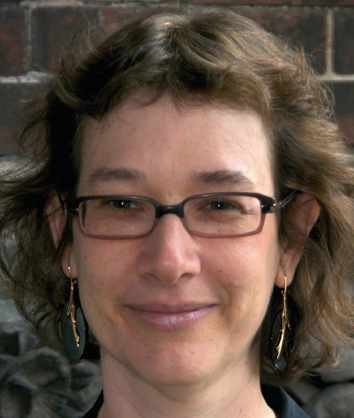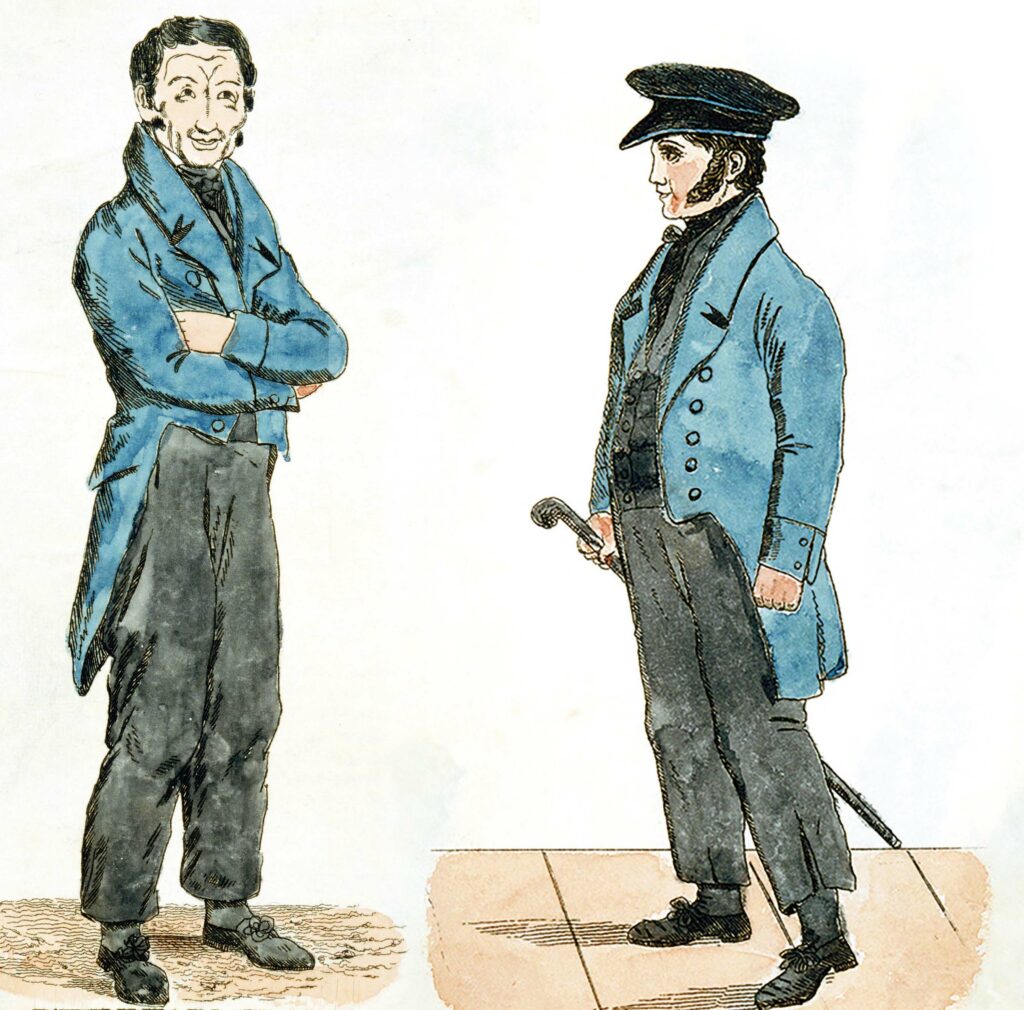HISTORY ON THE AIRWAVES
“Burke and Hare realised that Edinburgh’s surgeons would pay hard cash for bodies”

Professor Lisa Rosner (pictured), historical consultant on a new radio series about the crimes of William Burke and William Hare, talks to us about their 19th-century murder spree
Burke and Hare murdered at least 16 people in 1828. What drove them to commit these crimes?
They absolutely did it for the money. Hare’s wife ran a boarding house, in which a man called Donald died of natural causes. What they ought to have done was tell the authorities and give him a Christian burial, but instead they decided to try to sell the body to the “surgeons” at Edinburgh’s university, who were in desperate need of cadavers for medical students to dissect. It worked – and they realised that they could be paid hard cash for bodies.
How did they select their victims?
They started by sticking very close to home. One of their first victims, Joseph, was sick – and they helped him along. Sir Walter Scott, who was interested in the case, saw this as a key stage in the progress of their crimes: moving from somebody who was already dead to someone who seemed to be dying, before going full throttle and killing healthy people.
The main thing that Burke, in particular, looked for was someone they could befriend and charm, and who would drink. They didn’t want to leave any obvious signs of murder, so they smothered people – which is a very difficult way to kill somebody, especially if the victim is sober and fights back.

Your book The Anatomy Murders (2009) focuses largely on those Burke and Hare murdered. How much was there in the records about the victims?
Among those studying the history of medicine, there’s now more of an interest in social history, and more of an understanding of where people are likely to turn up in the records. For example, one of the women killed, Mary Paterson, was said to be a very pretty sex worker. I was able to find her details, and learned that she wasn’t a sex worker at all. Rather, Mary was a vulnerable young girl who had been staying in the Magdalene Asylum – a place of refuge – until shortly before her murder.
Can you tell us a little about Robert Knox, the surgeon who bought the bodies?
He doesn’t come out of it well, but there is one sense in which he’s been treated a little unfairly. He is often portrayed as a brilliant surgeon, though it’s important to realise that he wasn’t actually a surgeon in the modern sense. Rather, he was a brilliant anatomist. He should have been more suspicious, though. He lost an eye to smallpox during childhood, and the journalists of the day loved the fact that he literally turned a blind eye.

An Eye for a Killing will be broadcast on BBC Radio 4 from 28 April, and will also be available as a podcast from BBC Sounds